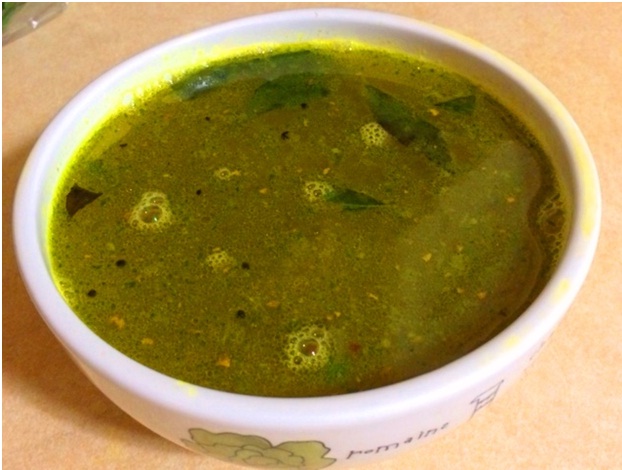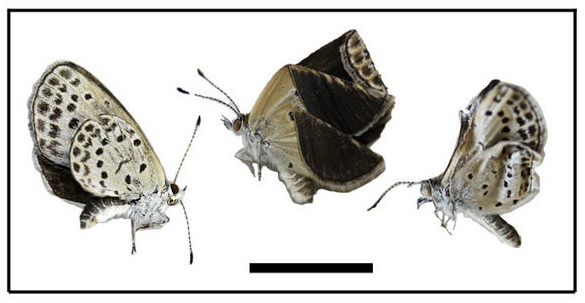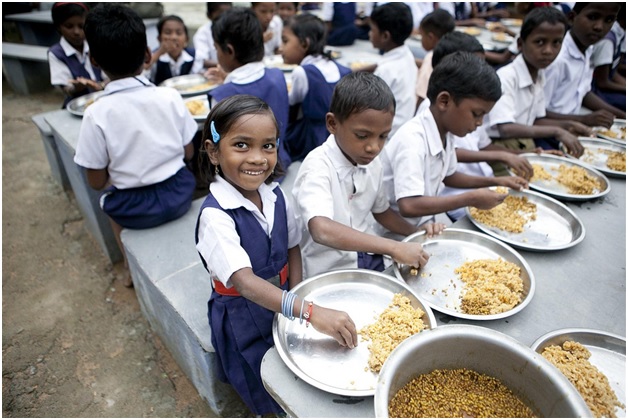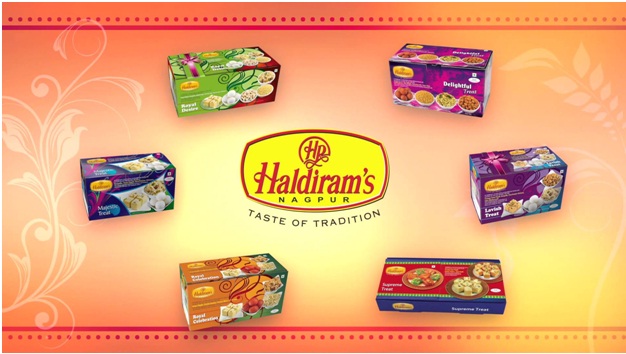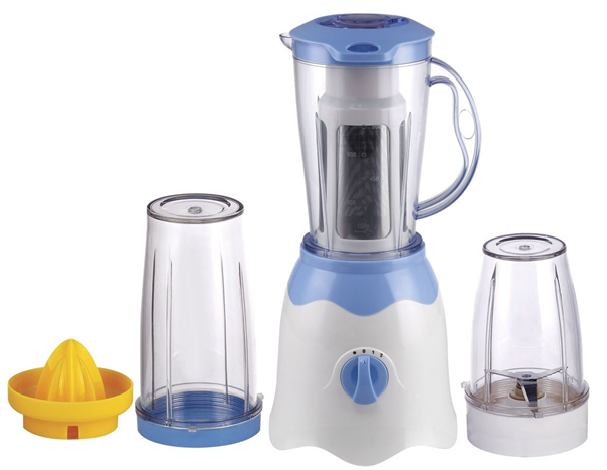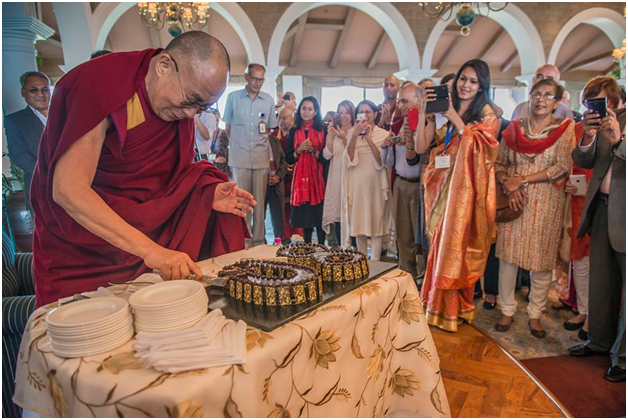As this great human being turns 80 this month (July), a three-day jubilee commemorating the Dalai Lama’s 80th birthday kicks off Sunday with the Nobel Peace Prize winner lecturing on creativity and compassion before a sold-out crowd at Anaheim’s Honda Center. Here at www.werindia.com we have Dalai Lama’s best quotes on the occasion of his birthday.
My main practice is to dedicate my body, speech and mind to the welfare of others. I hope to be able to continue to do this for some time yet. My favorite prayer is: “For as long as space endures, And for as long as living beings remain, Until then may I too abide, To dispel the misery of the world.” : Dalai Lama
Image: His Holiness the Dalai Lama cuts the first birthday cake of his 80th year to share with Indian friends in New Delhi India
Happiness, Actions
Happiness is not something readymade. It comes from your own actions
Life, Help, Purpose
Our prime purpose in this life is to help others. And if you can’t help them, at least don’t hurt them.
Morning, Meaningful, Friend
Old friends pass away, new friends appear. It is just like the days. An old day passes, a new day arrives. The important thing is to make it meaningful: a meaningful friend – or a meaningful day.
Motivational
Be kind whenever possible. It is always possible. – Dalai Lama
Positive, Action, Vision
In order to carry a positive action we must develop here a positive vision.
Religion, kindness
This is my simple religion. There is no need for temples; no need for complicated philosophy. Our own brain, our own heart is our temple; the philosophy is kindness.
Love and compassion
Love and compassion are necessities, not luxuries. Without them humanity cannot survive.
Life, hope & strength
When we meet real tragedy in life, we can react in two ways – either by losing hope and falling into self-destructive habits, or by using the challenge to find our inner strength. Thanks to the teachings of Buddha, I have been able to take this second way.
Best cure
Sleep is the best meditation. – Dalai Lama
Hope and focus
I find hope in the darkest of days, and focus in the brightest. I do not judge the universe.
Happiness in compassion
If you want others to be happy, practice compassion. If you want to be happy, practice compassion.
Peace
We can never obtain peace in the outer world until we make peace with ourselves.
Kindness
There is no need for temples, no need for complicated philosophies. My brain and my heart are my temples; my philosophy is kindness.
Life purpose
The purpose of our lives is to be happy.
Good and strength
Calm mind brings inner strength and self-confidence, so that is very important for good health
Tolerance
In the practice of tolerance, one’s enemy is the best teacher.
Desire, Practice
When you are discontent, you always want more, more, more. Your desire can never be satisfied. But when you practice contentment, you can say to yourself, ‘Oh yes – I already have everything that I really need.’
Anger, Attitude, Fear
Too much self-centered attitude, you see, brings, you see, isolation. Result: loneliness, fear, anger. The extreme self-centered attitude is the source of suffering.
Distrust, Insecurity
A lack of transparency results in distrust and a deep sense of insecurity.
Forgiveness, Love, Lives
All major religious traditions carry basically the same message, that is love, compassion and forgiveness the important thing is they should be part of our daily lives.
Ability, Build, Potential
With realization of one’s own potential and self-confidence in one’s ability, one can build a better world.
Belief
Whether one believes in a religion or not, and whether one believes in rebirth or not, there isn’t anyone who doesn’t appreciate kindness and compassion.
Happiness & attitude
It is very important to generate a good attitude, a good heart, as much as possible. From this, happiness in both the short term and the long term for both yourself and others will come.
Anger & mind
Appearance is something absolute, but reality is not that way – everything is interdependent, not absolute. So that view is very helpful to maintain a peace of mind because the main destroyer of a peaceful mind is anger
Image credit: Dalai Lama in India (Dalai Lama post)
